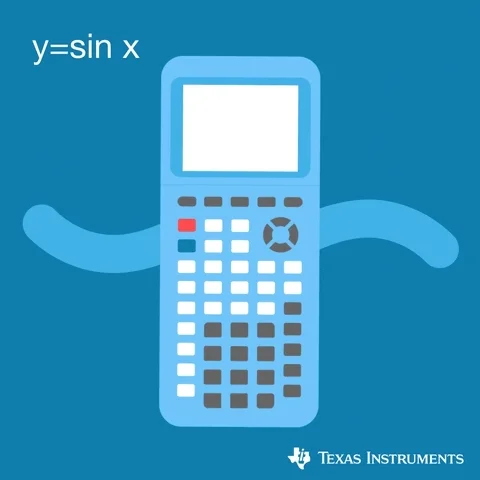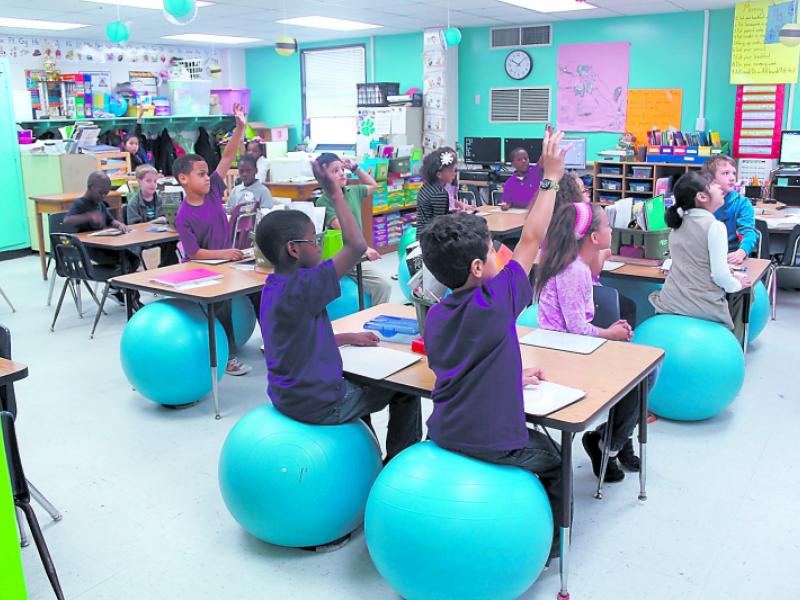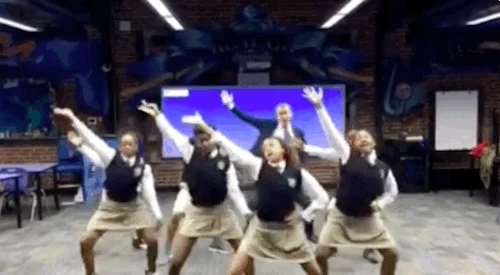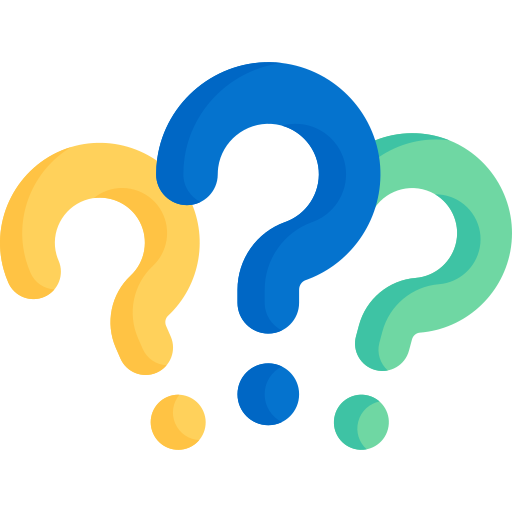Does this describe some of your students?
They prefer to "do" rather than listen.
They have a hard time sitting still.
They love a hands-on approach.
Then your students might benefit from actively moving or doing something while they're learning!

Here are 3 kinesthetic learning strategies that can benefit students of all ages in the classroom.
Kinesthetic Learning Strategy #1: Algebra Through Choreography
Connecting math to movement helps students understand the concepts more quickly.
Rhythm in dance can be expressed as fractions and algebraic notation when we describe kicks and turns.
Good for middle or high school students
Create a simple dance of three kicks followed by a turn
Write it down as: "3x+y where x = kick, y = turn"
Arm and body positions in dance can also be used to study geometry.

Kinesthetic Learning Strategy #2: Sit on Balance Balls
Good for elementary students
Allows for movement, which contributes to students' increased concentration and focus on learning
Best used as flexible setting arrangements for kinesthetic learners that could be permanent depending on their learning needs

Kinesthetic Learning Strategy #3: Charades
Promotes active learning through participation
Increases retention because of a high level of engagement
Good for elementary and middle school
Learn vocabulary through movement
Use learning stations and drama to engage more deeply in topics from history and social studies

Kinesthetic Learning Strategy #4: Magnetic Letters
Good for elementary school
Use for:
sensory play
learning the alphabet
practicing spelling and vocabulary

Quiz
Which of these activities would be effective kinesthetic learning strategies for understanding fractions? Select all that apply:
Take Action

Put kinesthetic learning strategies into practice in your classroom today!
Your feedback matters to us.
This Byte helped me better understand the topic.


